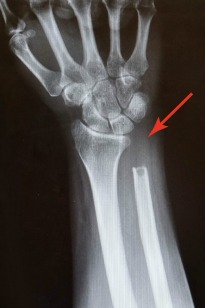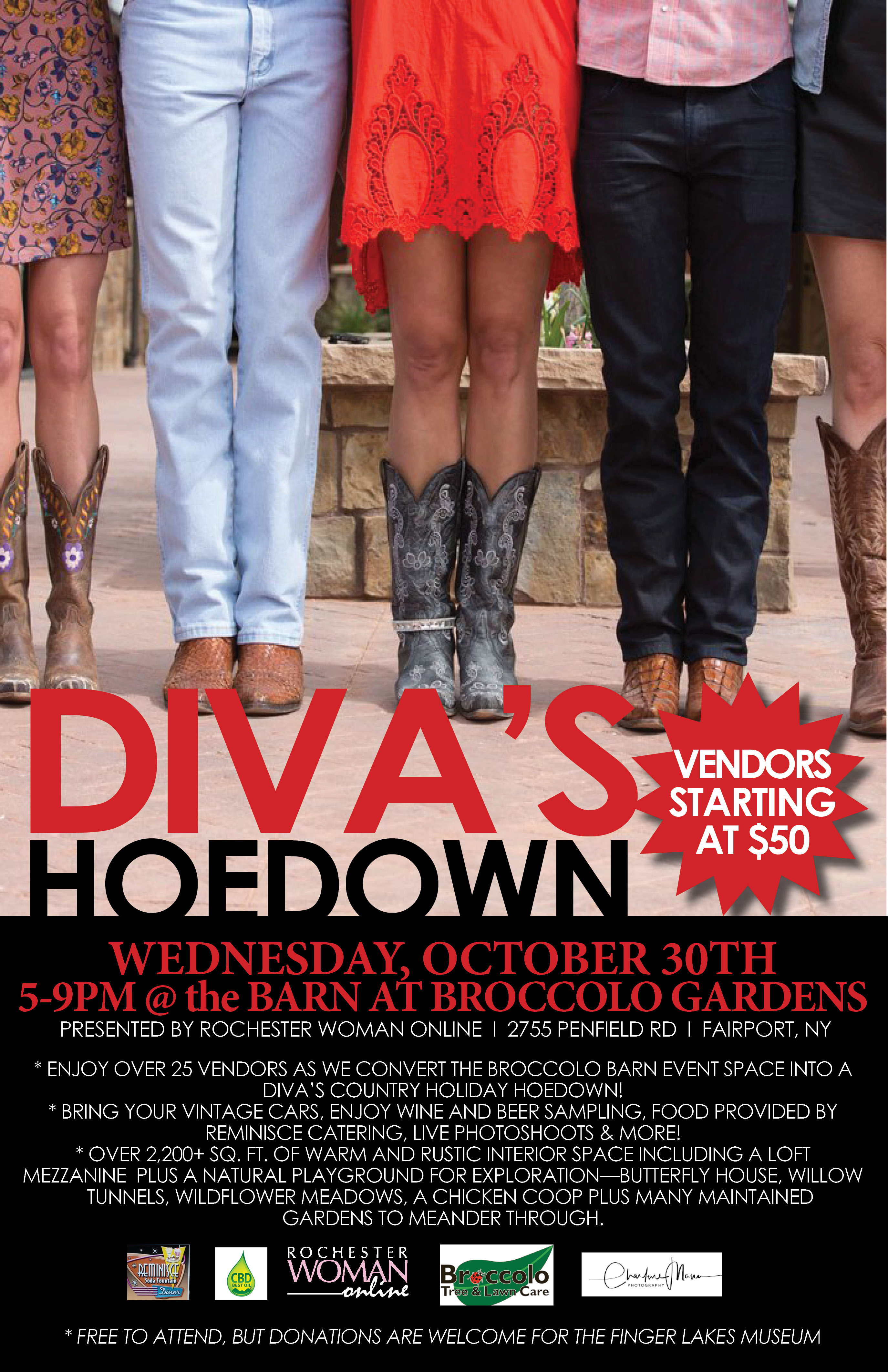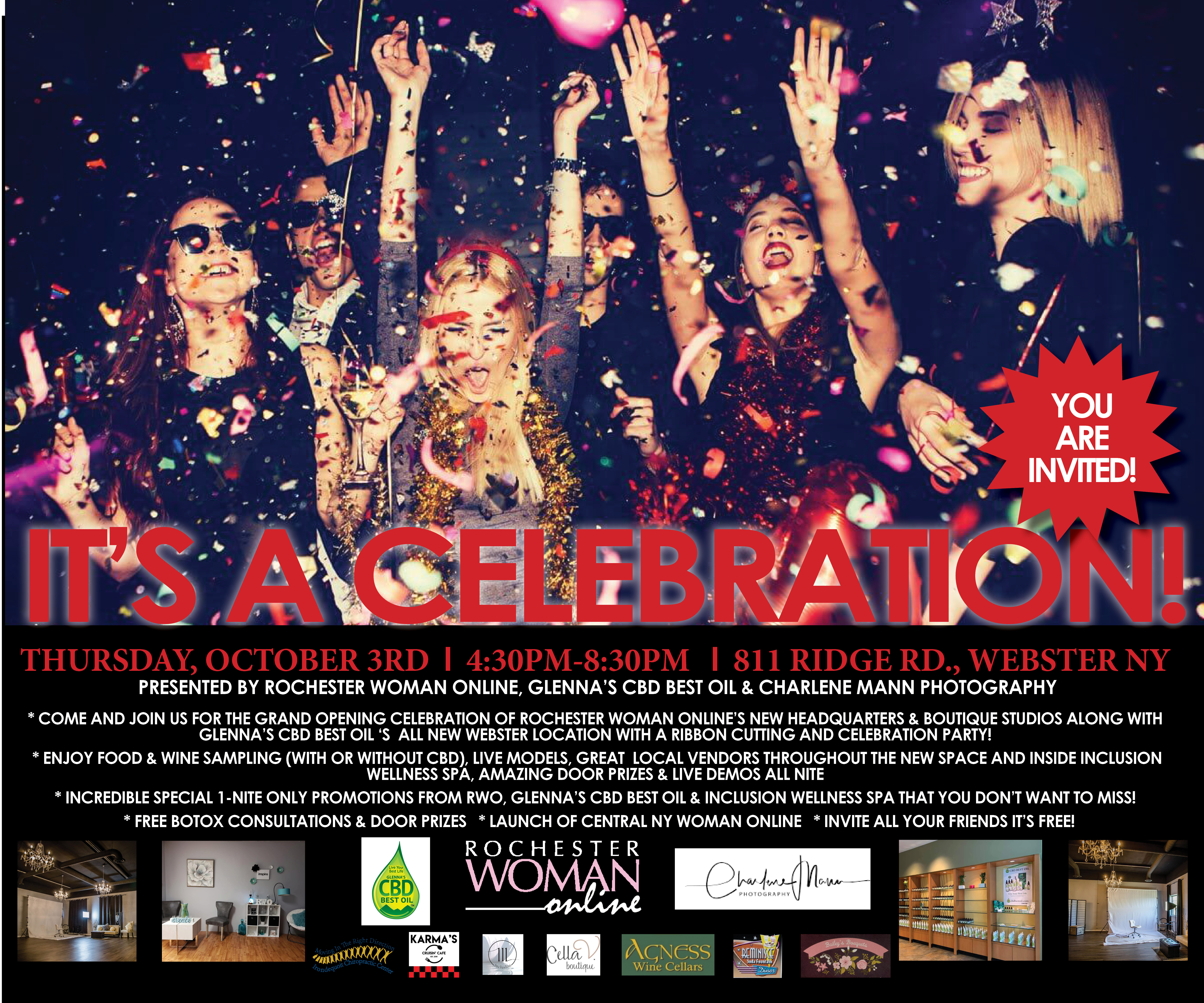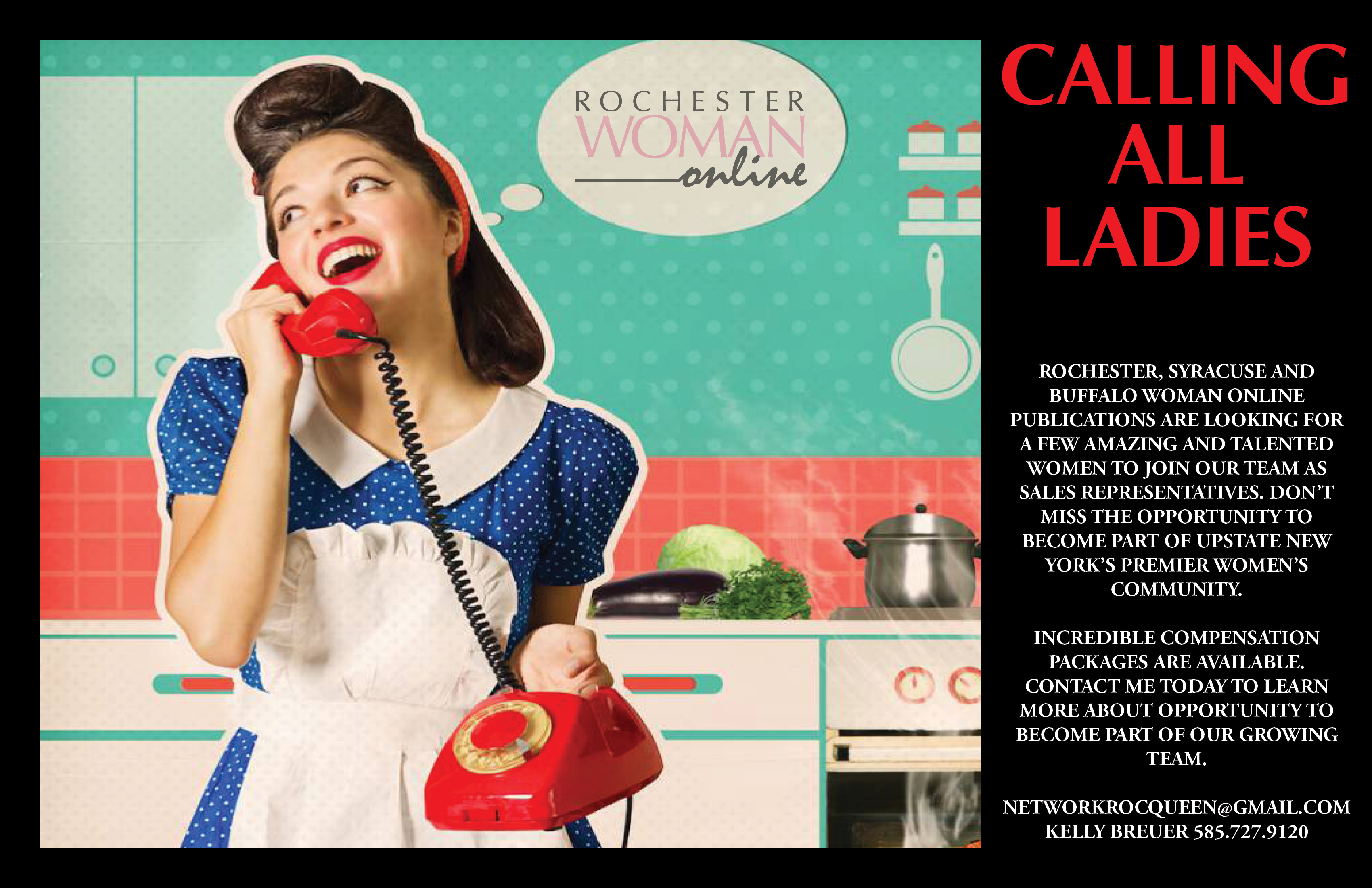Amy Walts was a very accomplished woman, who found great joy in her life because she was someone that was lucky enough to pursue a career doing what she loved. She made a living being an artist and not a starving one either. Amy was ecstatic that she was able to make a secondary career out of playing the piano and the concert grand-pedal harp and Irish-Celtic harp also. Additionally, her background as an illustrator and graphic artist allowed her to appreciate multi-media fine arts. Most importantly, bringing happiness to others through the enjoyment of listening to her music and watching her performances is what Amy loved most. Booked well-ahead in wedding season until one tragic day seven years ago, her life changed.
A distracted driver, texting while driving, in a solitary moment, destroyed Amy’s life and robbed her of her happiness. He drove his car into Amy’s car head on. At first, Amy thought she was fine at the scene and did not opt to go to the hospital. However, she soon discovered that she suffered a severe injury to her hand and wrist as a result of this accident. Unfortunately, the accident resulted in one of her arm bones being shorter by an inch than that on her other arm. A loss of motion in one finger prevented her from returning to her previous career as a pianist and a harpist.
Now, she knows all too well, the things 
we take for granted. Things like how to hold a pen, how to hold a fork, or how to open a door. Challenged, once again, she was forced to learn how to do these simple tasks all over again. What was so important that the driver of the other car could not wait until a safer time to text?
“What do you do?” became a forever hated question of Amy’s. “Answering used to be A, B, C, and D. Now it was all past tense. I used to play the harp. I used to play the piano. I used to be an artist,” Amy reminisced. She recalled: “I was told I would never use my hand again by one of the insurance doctors. My life was stripped away. My total identity was gone. Art and performing were my life!”
Amy shared the most frustrating thing she experienced – trying to weave your way through the no fault insurance coverage process, which was infuriating because of the bureaucracy that prevented her ability to access her top-notch health insurance in spite of possessing a debilitating arm and hand injury.
Determined not to give up her passion for the Arts, Amy researched and found her answer in the Japanese art-form of Kint Su Gi, the Japanese art of repairing broken pottery with lacquer dusted or mixed with powdered gold, silver, or platinum. She indicated that the Asian culture, differing from the American, prefers to
make a broken plate whole again instead of throwing it out. The broken pieces are not hidden in the finished piece of art. They become beautiful. The struggle to restore the broken pieces of her life back was nothing short of a nightmare. Kint Su Gi became Amy’s story.
Amy was beyond annoyed, when the insurance company determined what became her life was “ a hobby”. Her success as an artist was discounted, diminished and disrespected. Being an artist was not seen as a viable career.
During her darkest time, as she battled her insurance company who had determined that Kint Su Gi was merely a “hobby” and not a “career,” Amy was forced to express herself through a different medium – her voice instead of her hands. Refusing to allow the accident to take away her sense of purpose, she joined Toastmasters. Concentrating on developing humorous speeches, Amy started to win state championships. Her public speaking competitions resulted in a trophy closet where she stores her entire collection of “golden trophies.” Amy addresses other artists and warns them of the importance of preserving their careers if a fate similar to hers were to befall them.
Amy’s journey to become “whole” again led her to Dr. Michael Liet, a respected hand surgeon. He proposed a radical surgery, which allowed her to regain her life one-day-at-a-time. She proudly states: “He didn’t just save my hand, he saved my life”.
In a variety of ways, the “pieces most broken” were repaired through a determination to not give up and they have become “the most valuable of all…”






And she wonders why her folk’s have white hair! She has always been “Hands” to me, and always will be. Amy’s Dad
I first met Amy when I heard her play at a Landmark Society event at an old mansion in the city. She was playing soft background music to set the tone for the mostly white -haired blue bloods who attended the fund raiser. As the night progressed and the remaining attendees were of the younger variety, I noticed the style of music was evolving into…yes it was jazz…then a bit of maybe.. salsa. I said to myself, this girl is good, if you could do that, I’ll bet she could do any kind of music on her beautiful harp. I thought if she took requests, I would request some Led Zeppelin on the harp…that would be cool. Just then, much to my surprise, Amy was suddenly starting the intro to “Stairway to Heaven” by no other than Led Zeppelin. And an amazing job she did on that rock tune.
I talked with Amy that night about doing some performances for my company, which she did on a number of occasions with great praise from the attendees.
Several years later I ran into Amy at a Toastmasters meeting where she was practicing her first competitive humorous presentation. It was amazingly funny and well crafted, I nearly peed my pants.
Amy is an amazing lady with incredible intelligence, artistic talent on so many levels and just a fun person to be around. I am so glad that I have been able to consider Amy Walts as an acquaintance and friend of mine.